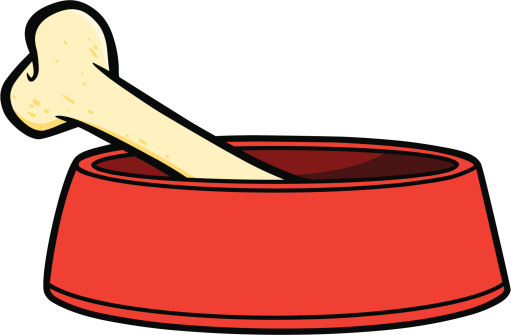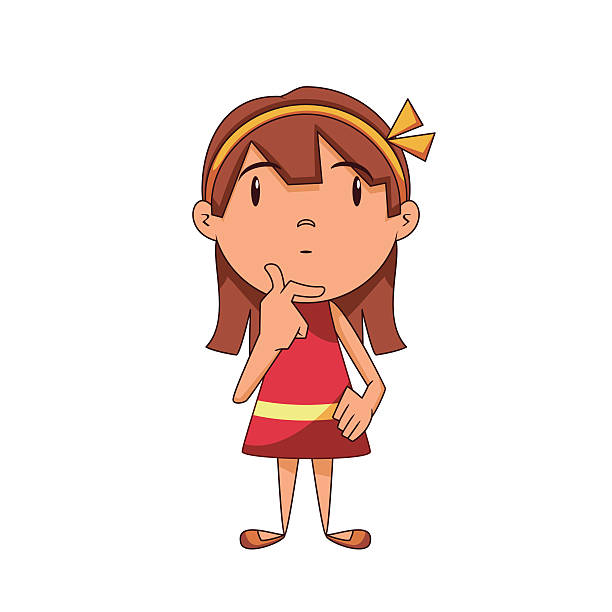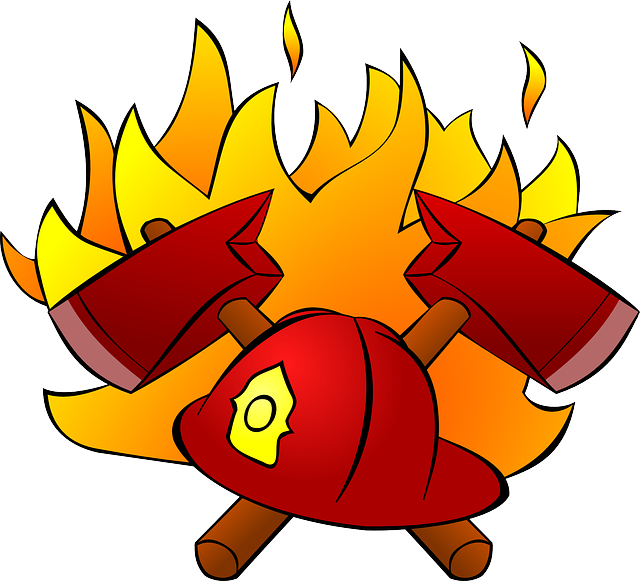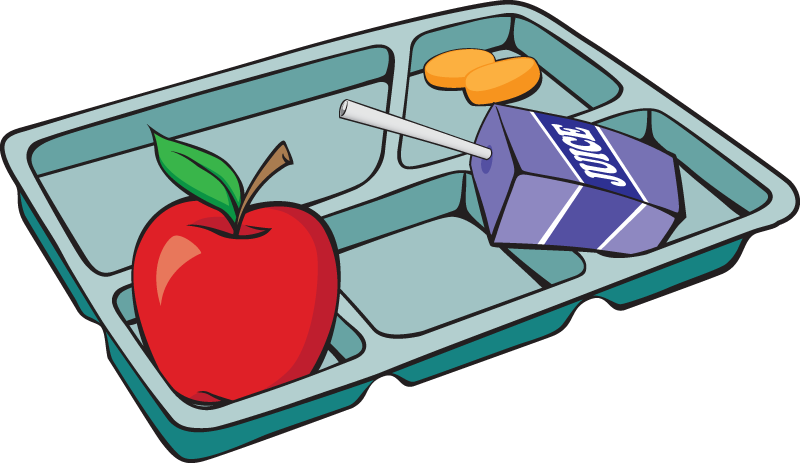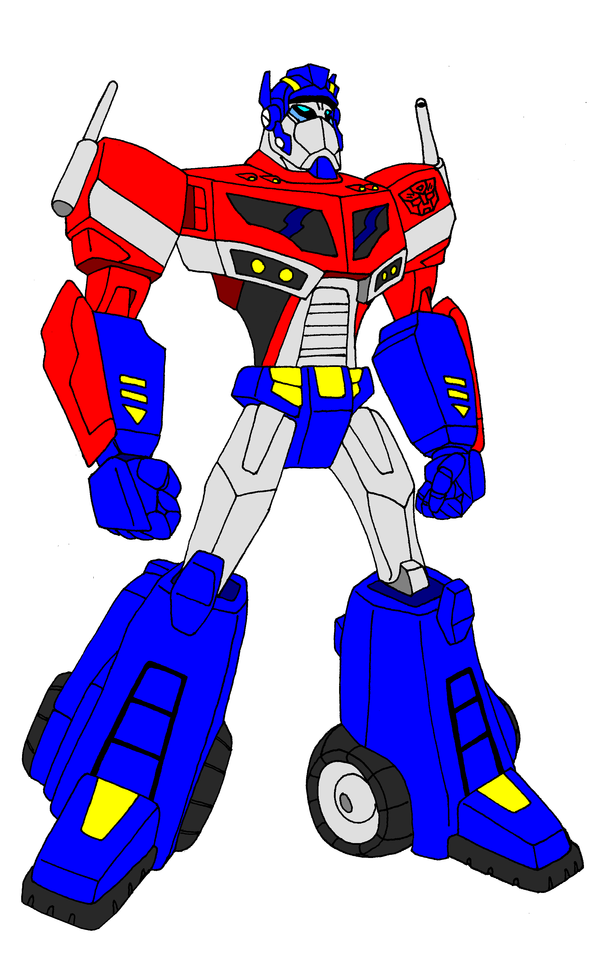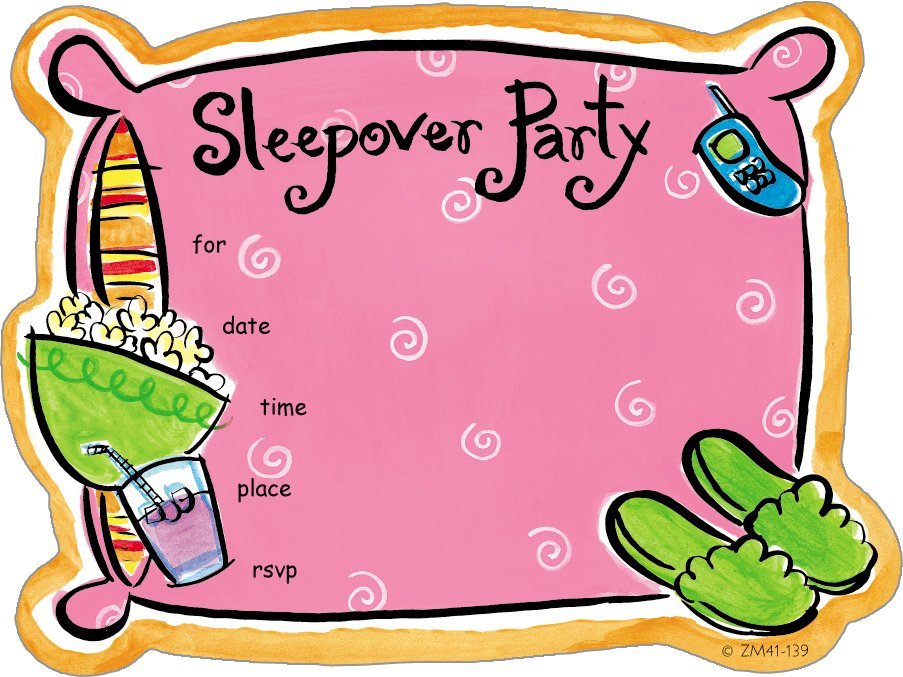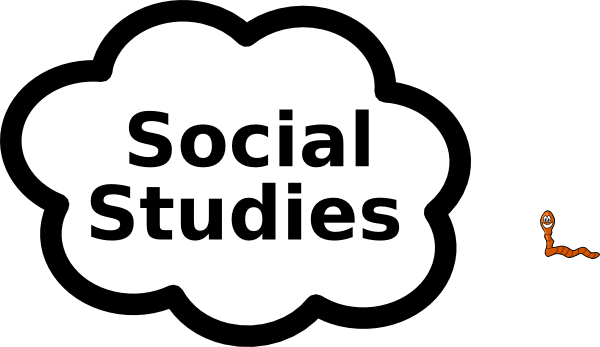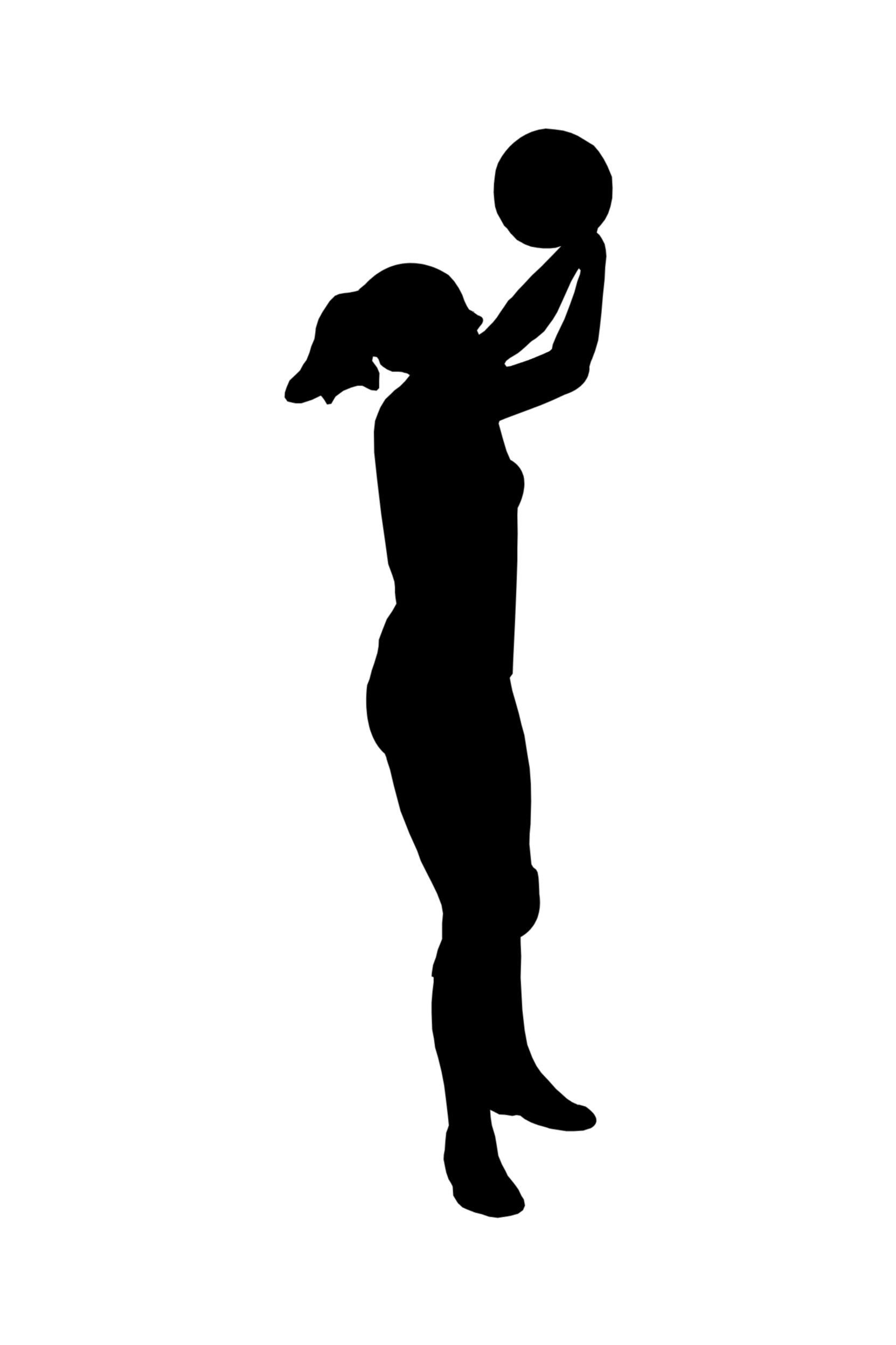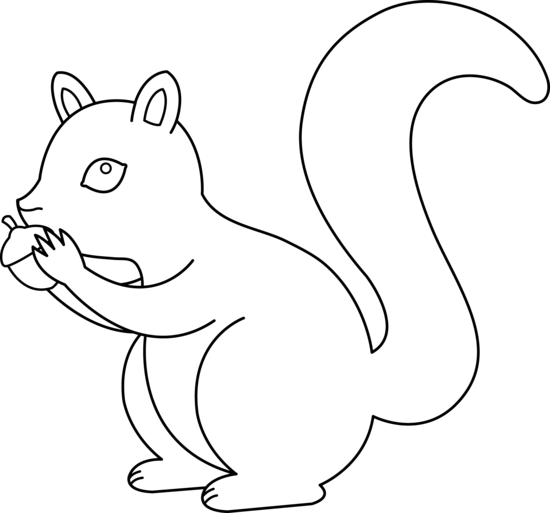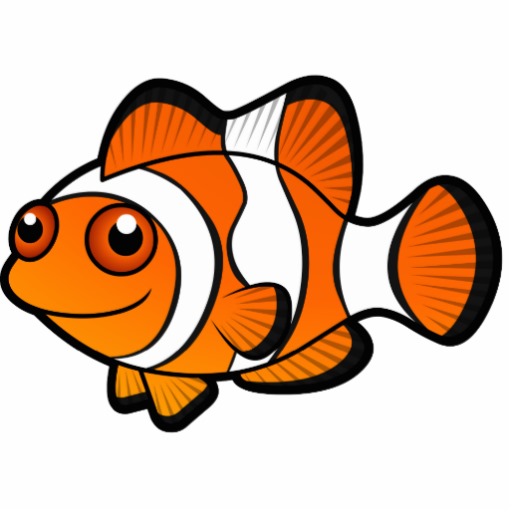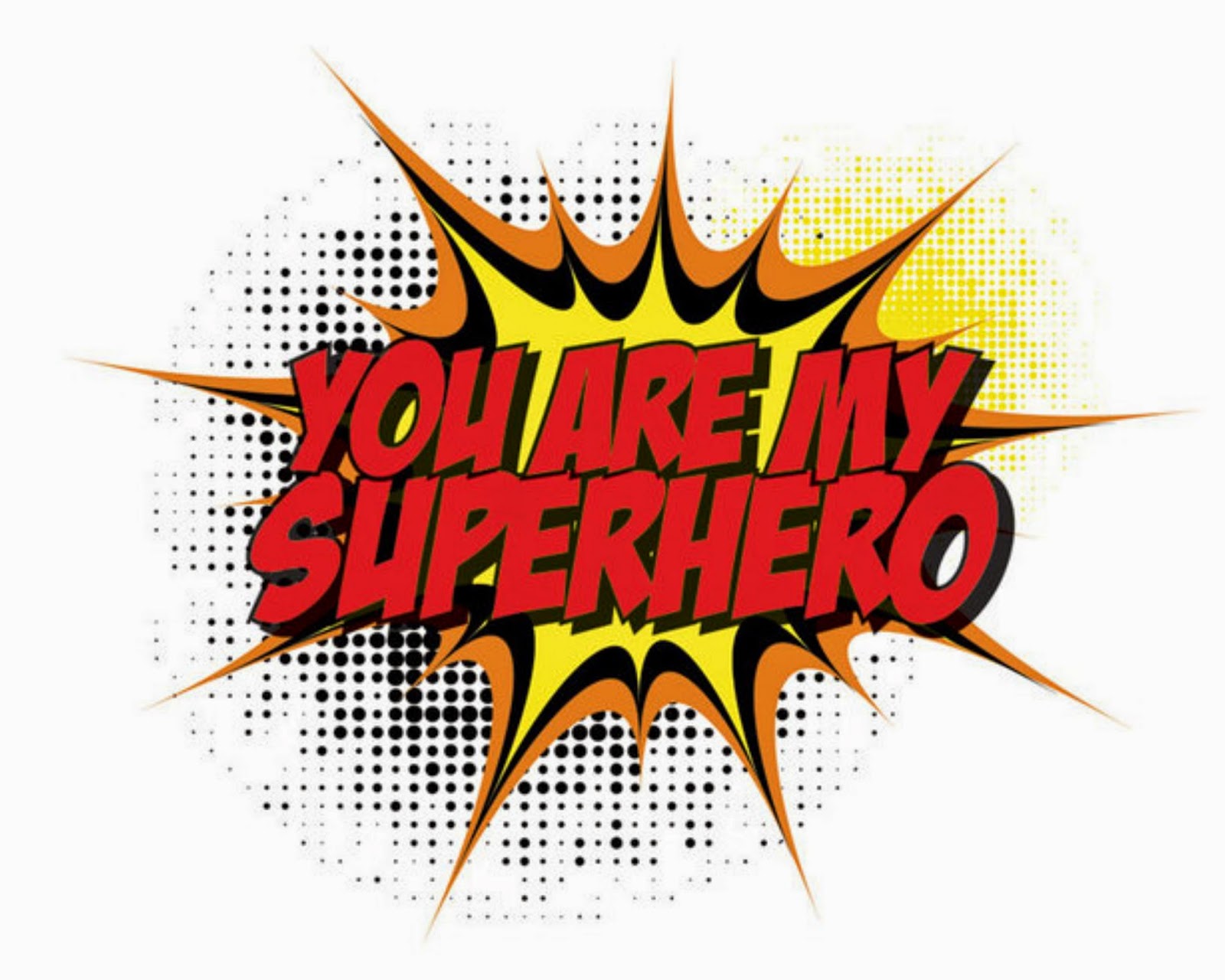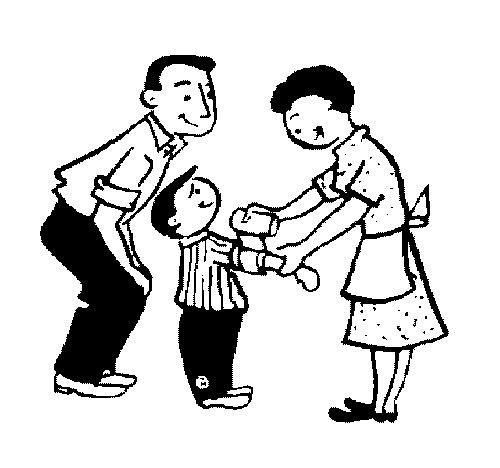Clipart has become an integral part of our daily lives. We encounter it everywhere – in books, magazines, websites, presentations, and many other forms of media. But what exactly is clipart, and why is it so popular?
Clipart is a collection of pre-made images, usually in electronic format, that can be easily inserted into a document or design project. These images are typically simplified, with clean lines and bold colors, making them easy to read and recognize. They can represent a wide range of objects, animals, people, and other elements that can be used to convey a message, express an idea, or simply add visual interest to a project.
The origins of clipart can be traced back to the early days of printing, when printers would create simple images and decorative elements to add to their printed materials. These early examples of clipart were often hand-drawn and labor-intensive to produce, but they were effective in enhancing the overall design of the printed piece.
With the advent of digital technology, clipart became more accessible and easier to create. Today, there are countless online resources offering thousands of clipart images in a wide range of styles, themes, and formats. Whether you need a cartoon character, a symbol, or a decorative flourish, there is likely a clipart image that fits your needs.
One of the main reasons clipart is so popular is its ability to simplify complex concepts and ideas. A well-chosen clipart image can instantly communicate an idea or message without the need for lengthy explanations or descriptions. For example, a clipart image of a graduation cap and diploma can represent the concept of graduation, without the need for words. Similarly, a clipart image of a telephone can represent the concept of communication, without the need for any additional context.
Clipart is also incredibly versatile. It can be used in a variety of contexts, from educational materials to marketing materials to personal projects. For example, a teacher might use clipart to create a visual aid for a lesson, while a business owner might use clipart to create a logo or promotional material. A parent might use clipart to create a birthday card for their child, while a designer might use clipart to add interest to a website or social media post.
In addition to its simplicity and versatility, clipart is also cost-effective. Many online resources offer free or low-cost clipart images, making it accessible to a wide range of users. This is especially beneficial for individuals and small businesses with limited budgets, who may not have the resources to hire a professional designer or purchase expensive stock images.
However, it is important to note that not all clipart is created equal. Some clipart images may be low-quality, poorly designed, or infringe on copyright laws. It is important to carefully evaluate any clipart image you plan to use, to ensure that it is appropriate for your needs and legally available for use.
Clipart is a valuable tool for simplifying communication and enhancing design projects. Its simplicity, versatility, and cost-effectiveness make it a popular choice for a wide range of users. However, it is important to use clipart responsibly and to carefully evaluate any images you plan to use. With the right approach, clipart can be a powerful tool for creating effective and engaging visual communication.

